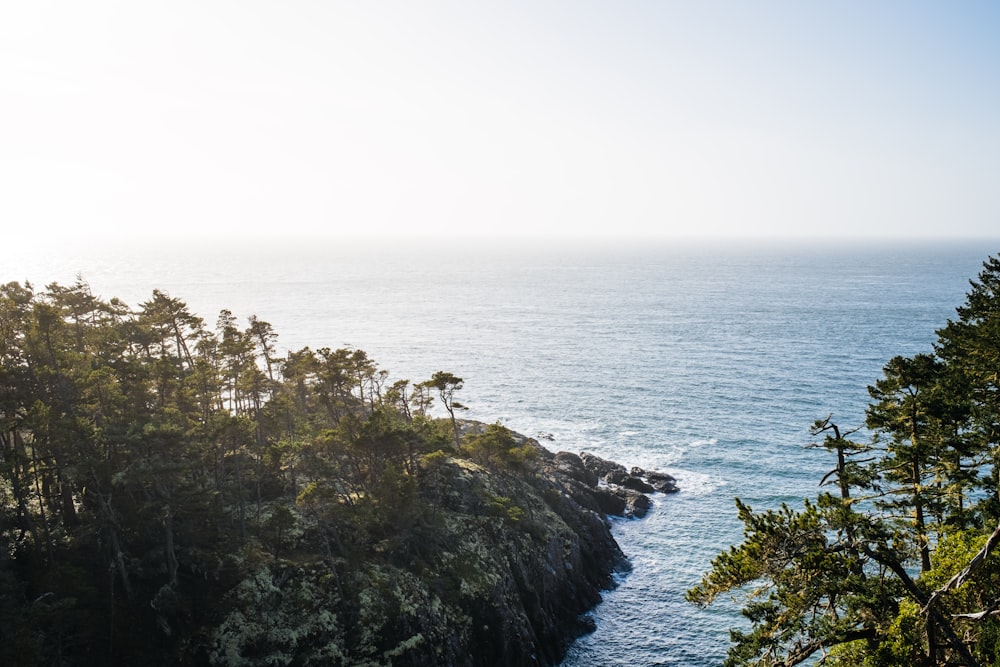
Harrison Neuert: To get to Victoria, British Columbia, most people fly to Vancouver. From there, it’s a choice between a short-but-expensive float plane or a longer-but-cheaper ferry ride. Those of us who live here, as I have since 2018, call this the Island Tax. It is beautiful here. Our small city is surrounded on three sides by dramatic rocky beaches. On a clear day, you can see across the Salish Sea to the snow-capped peaks of the Olympic Mountains in Washington State. But we pay for all of that beauty anytime we come or go, with either our money or our time.
This island has of course always had its own vibrant and resilient network of Indigenous cultures, but even among the settler population there’s a good deal of homegrown cultural fare. By virtue of being slightly – but not massively – apart from the mainland we can sustain an impressive array of our own institutions and trends, the same way Charles Darwin observed unique tortoises in the Galapagos.
Shortly after I moved here, I started to notice a distinctive wool shirt, usually on 30-something men who looked like they had some sort of vaguely creative laptop job. In the fall and spring I’d see these guys walking down bustling Government Street or sitting in Fernwood cafes wearing the shirt over jeans and Blundstones. In the summer, I’d see them on the beach off Dallas Road, pulled over tee shirts as light jackets once the sun went down. Everywhere I went, it was there. And yet the only place that I would ever see it outside of Victoria was at an airport gate; the wearer would invariably be on my flight home.
It took me two years to wander into Anián, the brand that makes the shirt, in a small store on lower Johnson Street, to try one on for myself. The “Modern Melton” is a thick button-down made from a heavy 17 oz wool-nylon blend. It is only a marginally local product; the shirt itself is produced on the mainland from globally sourced recycled wool. But it is from Victoria in the sense that an iPhone is from California, designed locally even if produced hazily elsewhere.
For a certain kind of Victoria Guy with a professional job but outdoor slacker aspirations you could not dream of a better garment. The heavy structure of the wool – the material feels almost like the felt on a pool table – looks sharp and defined in the frame of a video call. But it also does much better in the wind and rain than, say, a Patagonia Better Sweater, which is handy in the ever-present Pacific Northwest drizzle. In this sense it fulfills that quintessential West Coast aspiration, to be able to cancel your meetings in the middle of the day, shut your laptop, and head out for a spontaneous hike. At roughly 200 Canadian dollars (about $148) it perfectly engages the “buy it for life” pleasure center of the brain. Sure, you could buy a cheaper shirt, but when you think of it as a sturdy companion for all the camping trips and beach days ahead it starts to feel reasonable. Factor in the Zoom calls and it’s a bargain.
Is now a good time to mention that I own four of these? To some extent I find this mortifying. Why can’t I can’t stop buying the same thing over again? But also, it’s the shirt I reach the most on days that I go to my Slack-and-Figma office job. Even if my hike that day is just a stroll around the block, I know I’ll be dressed reasonably for any Victoria occasion. The only downside is that I’ll be wearing the same shirt as everyone else.
If a heavy wool shirt is something that you need in your life then I certainly recommend this one. It ships all across North America, and unless you happen to live in coastal British Columbia you likely won’t see many other people wearing them. But more than this shirt in particular, I recommend the joy of wearing clothing that was designed locally. If you’re anything like me, many of the clothes you have easy access to likely have little to do with the place that you wear them. Seeking out those that do gives you an opportunity to find a new kind of fit, one that isn’t just about how your clothes fit your body but instead about how they integrate into the particulars of your geographical context.
Harrison Neuert is an applied behavioral scientist and product manager living on Vancouver Island.
Best of One Thing
If you’re a new subscriber, look back through the archives for our greatest hits. We send out short newsletters on taste, authenticity, and recommendation culture every Tuesday and Thursday.
Why did we stop saying “hipster”? On the end of 2000s-era individuality on the internet.
Seeds are the new streetwear On heritage plants getting the same kind of ecommerce hype as fashion.
“Rescue” natural wine A Q&A with the creator of a new brand of rose, on winemaking and the problems of marketing yourself online.
Does subculture still exist? A debate over the survival of niche culture when every trend goes viral instantly.
Book publisher as curator A recommendation to subscribe to an indie press as a way to curate your reading.


